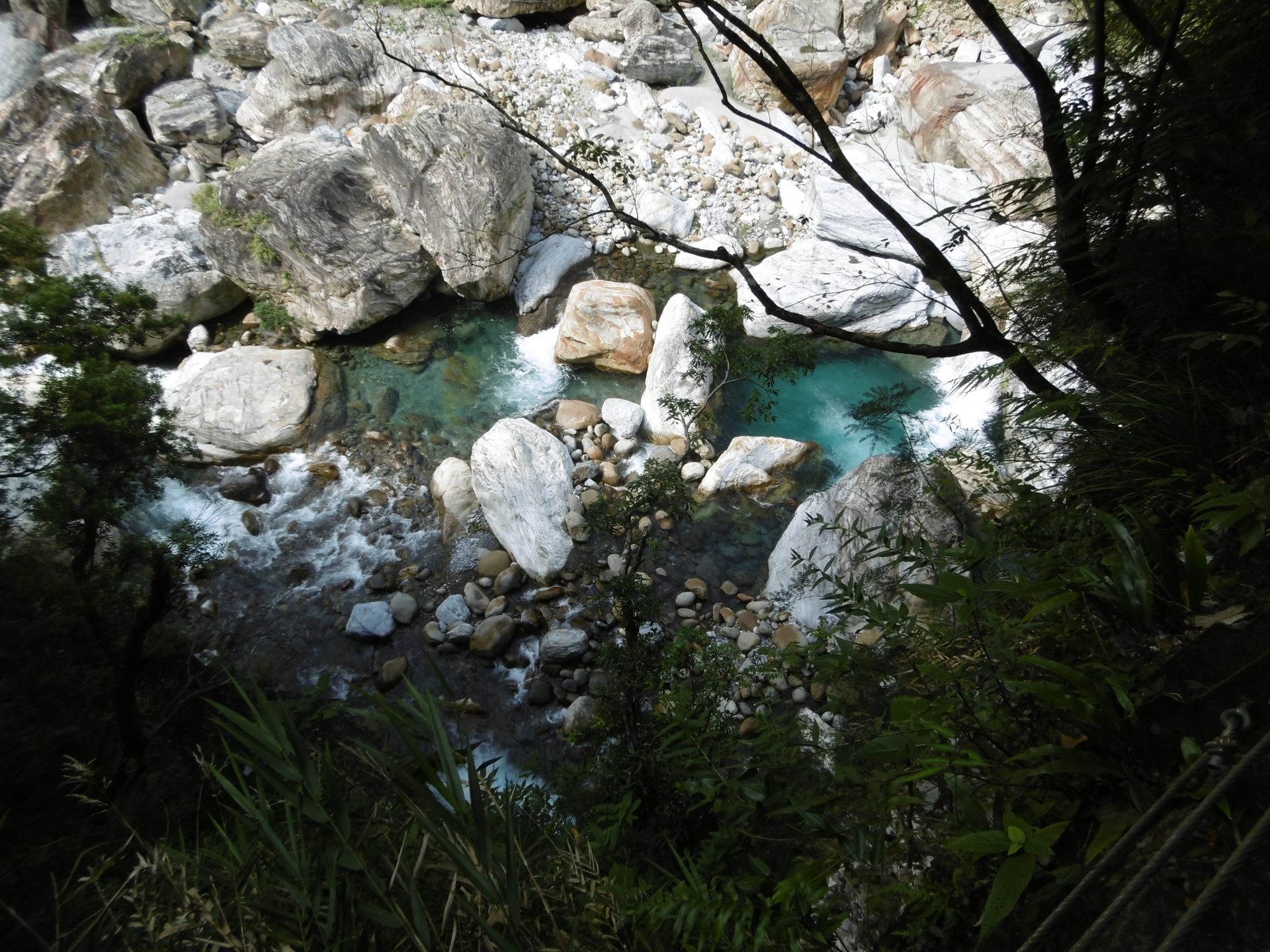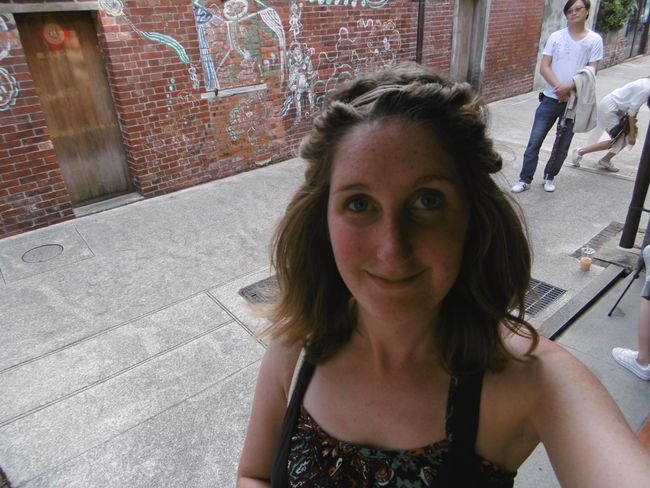Valladolid, Chichén Itzá and X'Keken
പ്രസിദ്ധീകരിച്ചു: 02.08.2019
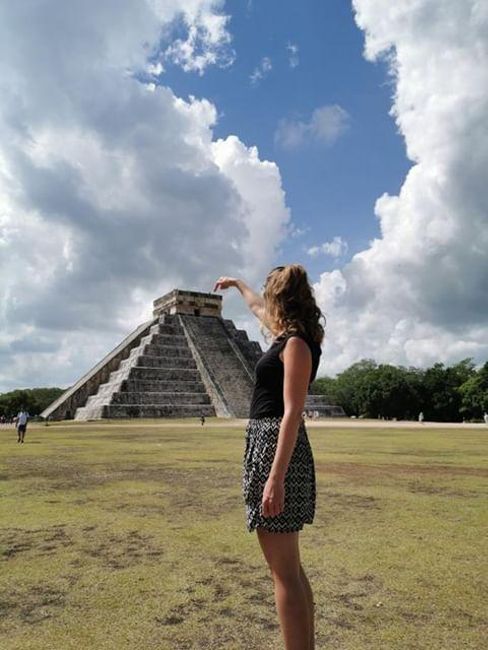
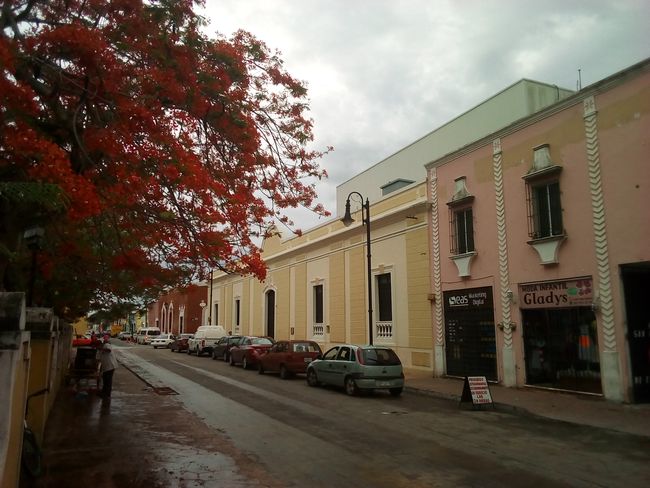
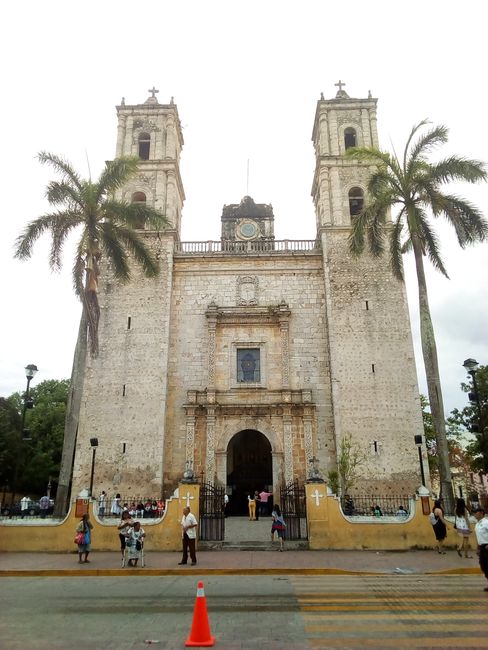
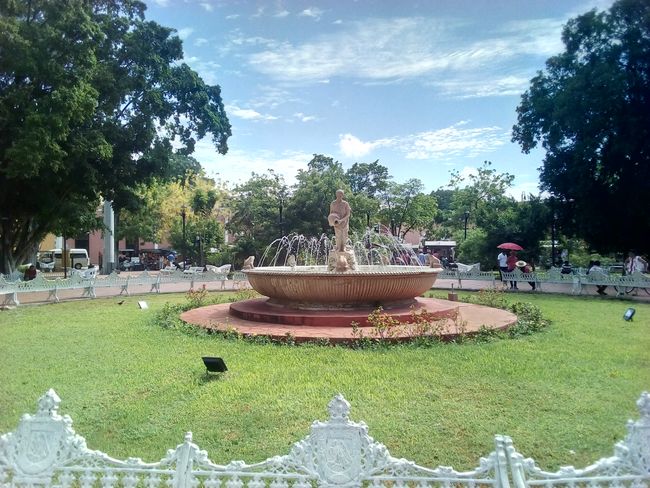
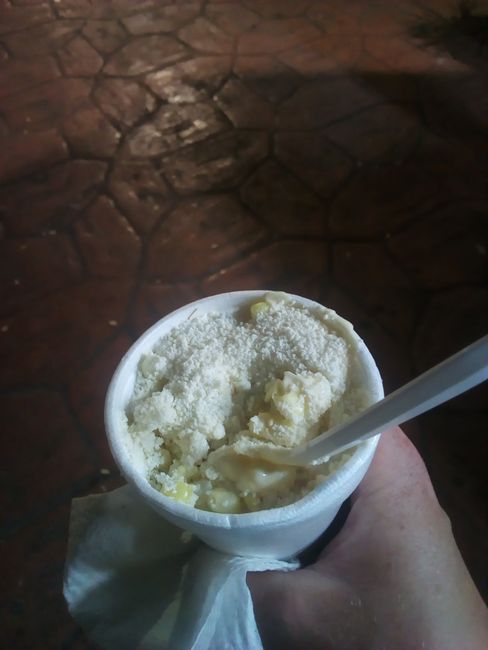
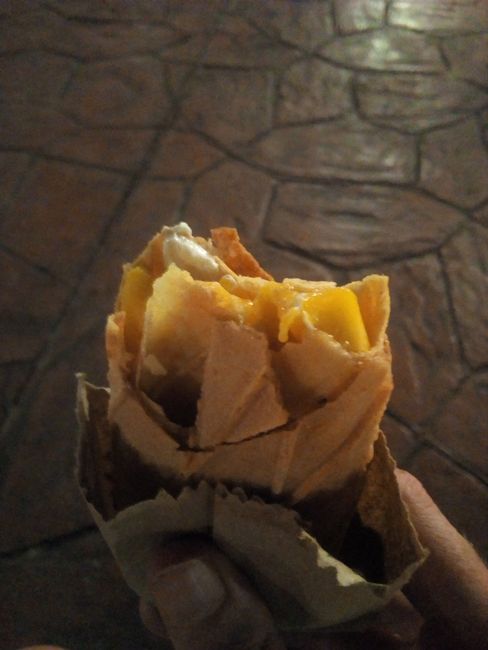
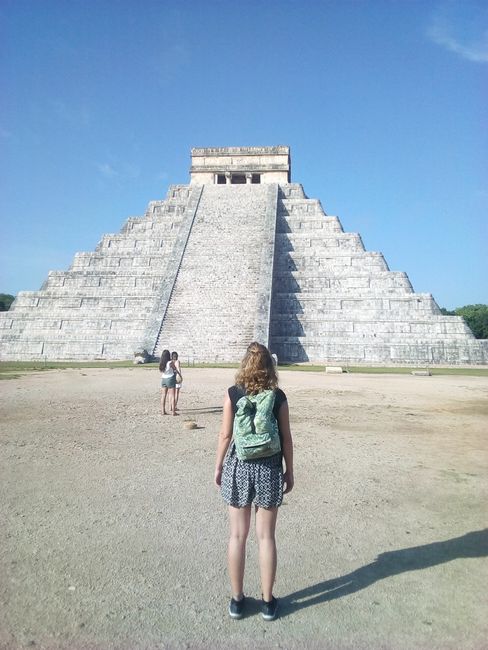
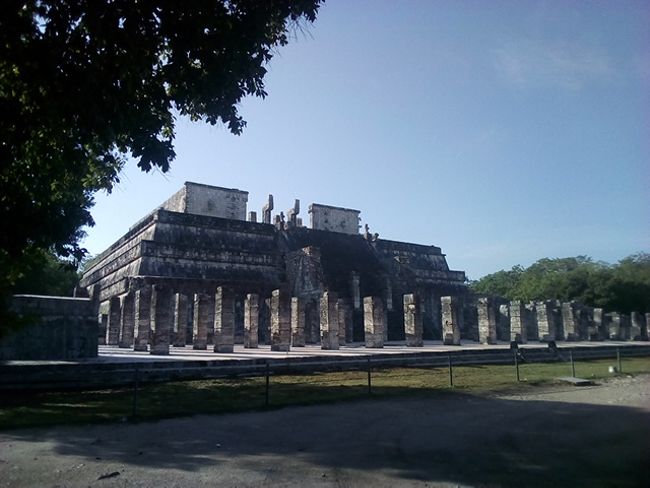
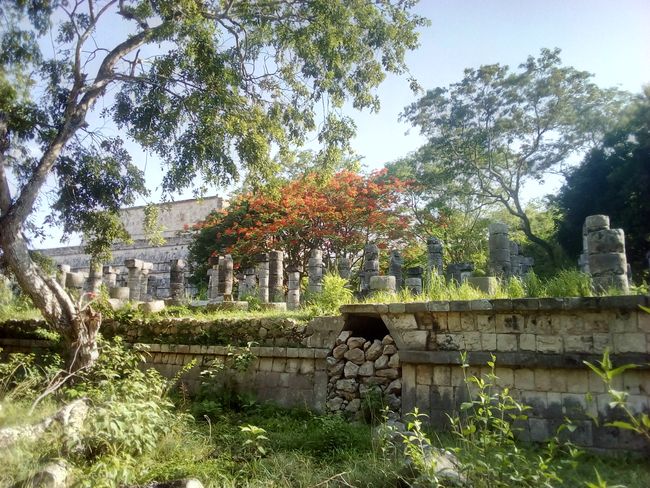
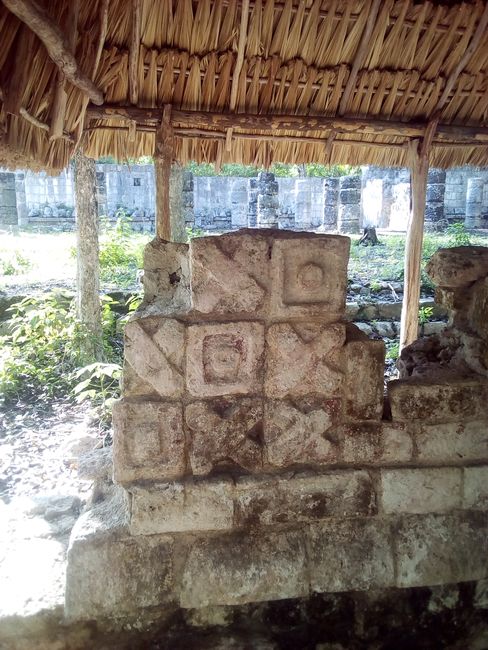
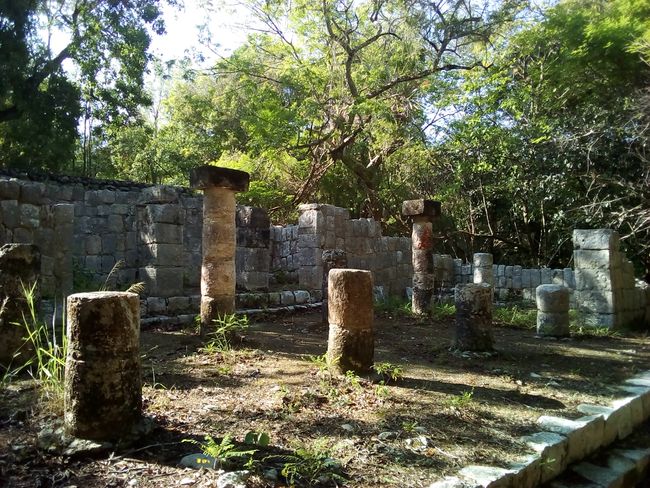
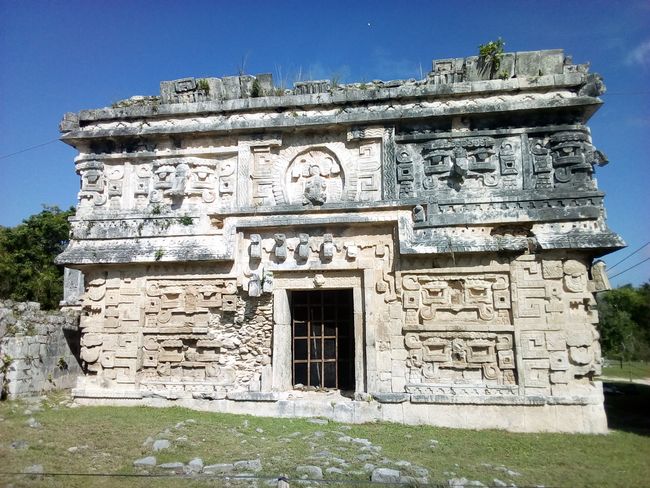
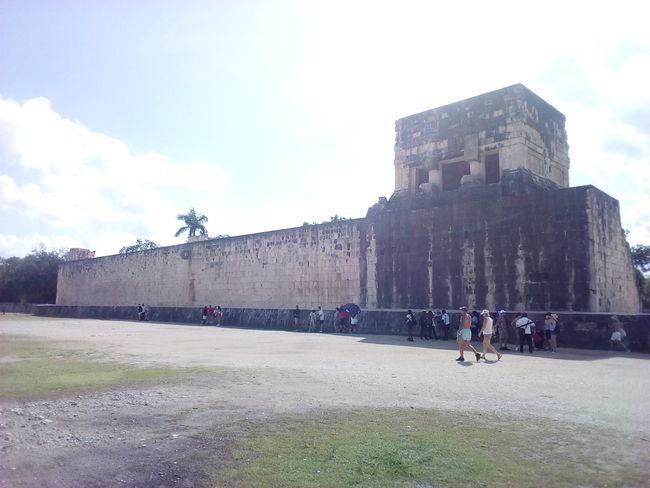
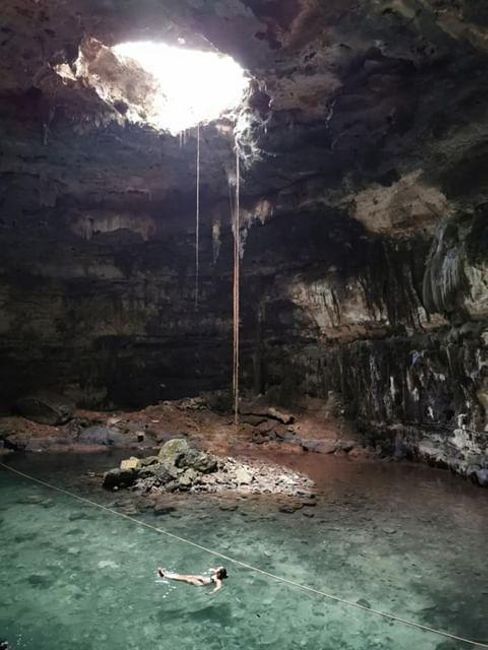
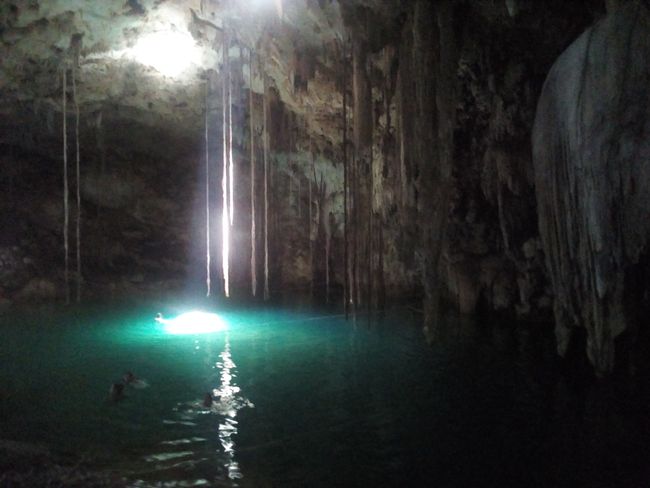
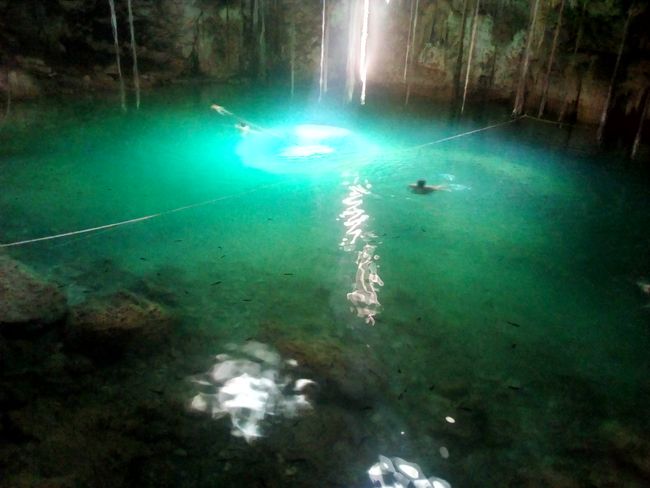
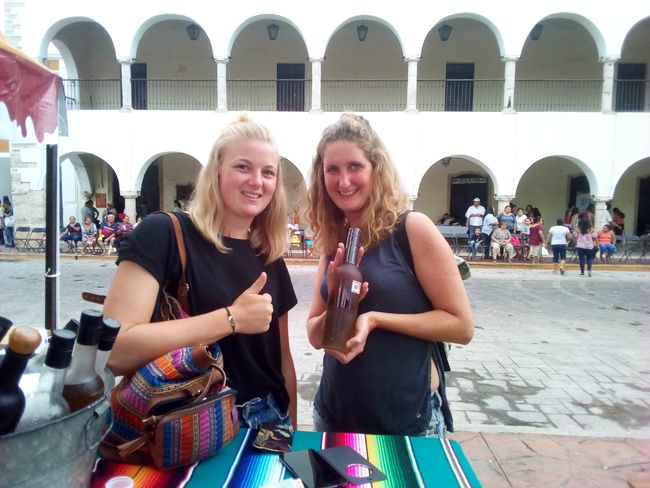
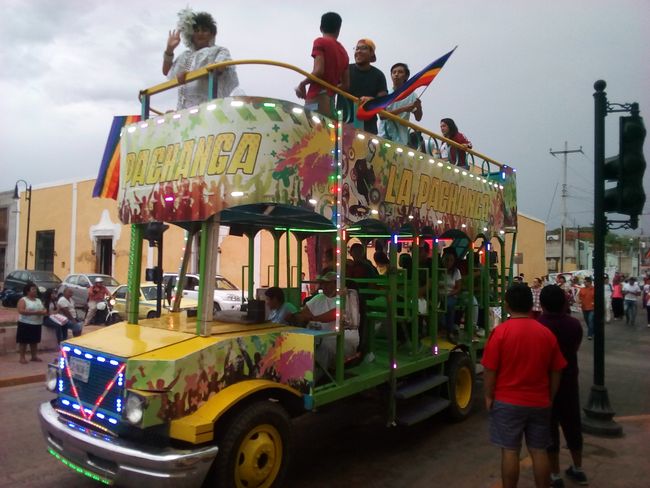
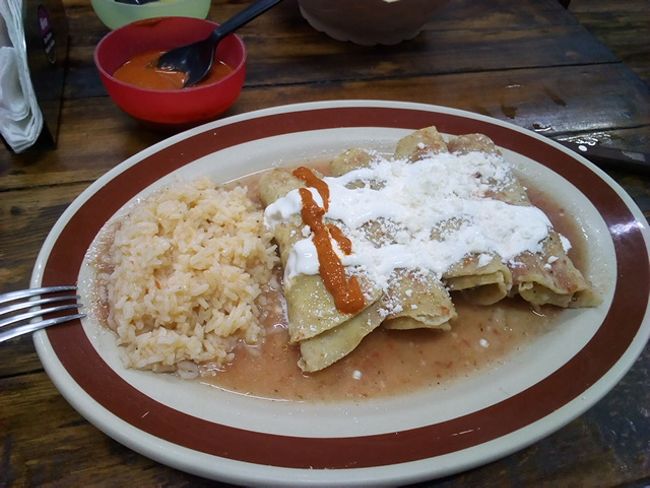
വാർത്താക്കുറിപ്പിലേക്ക് സബ്സ്ക്രൈബ് ചെയ്യുക
The town of Valladolid in the center of the Yucatan region was finally what I imagined a real Mexican town to be like - with small colorful houses and a colonial-style cathedral. I arrived in Valladolid with my German travel companion in the early evening. Our first task was to find out how we could get to the Chichén Itzá Mayan ruins as early and cheaply as possible the next morning. That was quickly taken care of, as the stop for the corresponding collectivos (shared taxis) was not far from our hostel.
Once that was done, we explored the city and had Esquites (corn kernels in a sauce made of mayonnaise and lemon juice) and Marquesitas (a crispy waffle that can be ordered with various fillings) for dessert at the market square. Then we stocked up on provisions for the next day's excursion and went to bed early. The next morning went according to plan. We took the first collectivo and arrived at the park entrance a few minutes before it opened. Looking back, I'm glad we were there so early, as it became uncomfortably hot later in the day, and in the morning, the shadows were longer and the air was cooler, making strolling through the complex much more pleasant. And the numerous souvenir vendors hadn't set up their stands yet at this hour. Later on, it became almost annoying to constantly fend them off.
We decided against a guided tour. On the one hand, it was quite expensive, and on the other hand, we wanted to explore the complex at our own pace. Along the way, we also came across other guided tours and picked up some interesting information from the German and English guides. For example, we learned that it was common for Spanish missionaries to build their churches near the Maya sacred sites to bring Christianity closer to the residents. This way, they didn't have to go to another place to practice their faith. Of course, we also saw the large ball court where the Maya played a type of football and had to shoot balls through small rings on the edge of the field. The winners had the honor of being sacrificed to the gods.
After about three hours, we had visited all the ruins, and by now, it was so hot that we were ready to head to our next destination: two underground cenotes. Cenotes are holes or caves in the limestone that are filled with freshwater. Yucatan has a whole system of interconnected underground caves. Some of them can be explored by diving. The water in the cenotes is usually very clear, and you can see the limestone formations at the bottom from above.
On that afternoon, we visited the X'Keken and Samula cenotes. Both allowed swimming, and even though we shared the water with some other tourists, the atmosphere in the grotto was mystical, and once again, the surroundings reminded me strongly of the setting of an adventure film. After cooling off in the cool water, we took a taxi back to the hostel. In the evening, we discovered that there was a small festival and a pride parade happening in the city. At one of the stands, we did a little tequila tasting. It was the best tequila I had tasted up until then, and I was a bit sad that I couldn't take a bottle with me. After that, we had delicious enchiladas at a small restaurant and were even able to watch the little parade from there. That was the last evening in Valladolid, and the next day, I said goodbye to my German travel companion and took a bus alone a few kilometers north to the island of Holbox.
വാർത്താക്കുറിപ്പിലേക്ക് സബ്സ്ക്രൈബ് ചെയ്യുക
ഉത്തരം
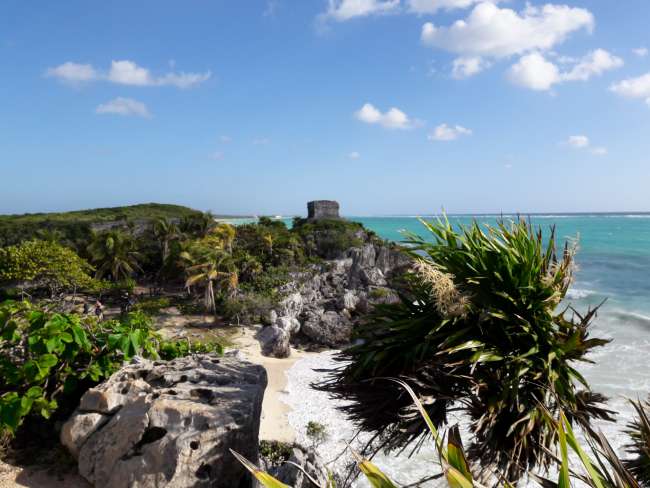
യാത്രാ റിപ്പോർട്ടുകൾ മെക്സിക്കോ
